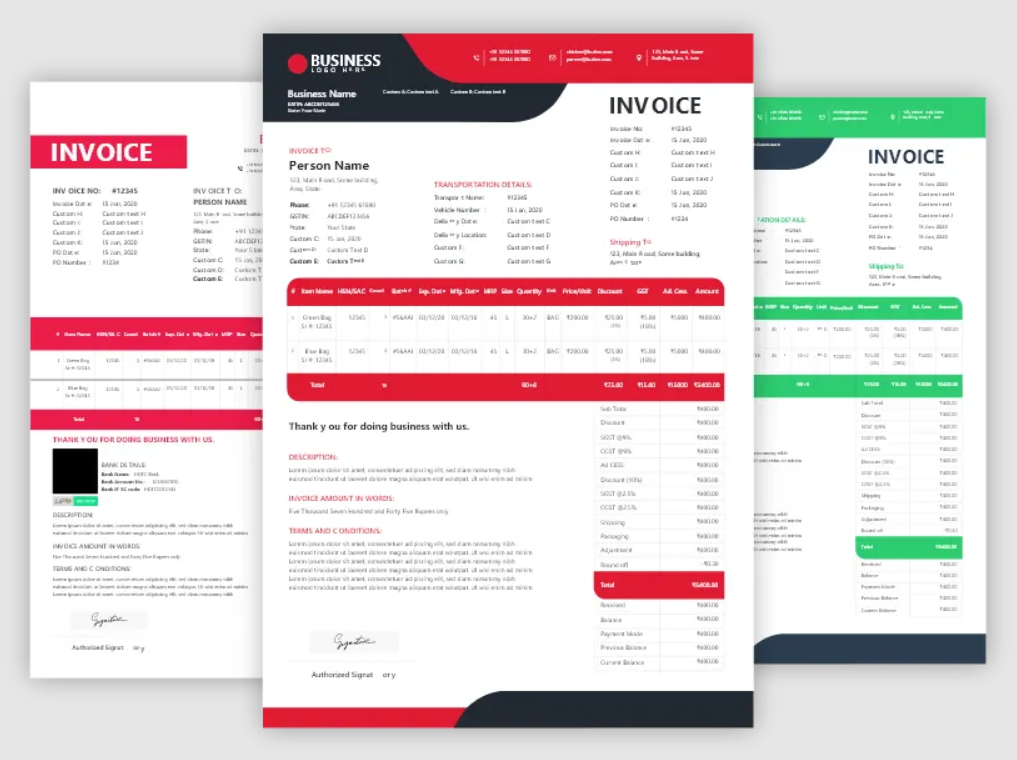Billing software is a vital tool for managing financial transactions within your business. It enables you to streamline and automate the process of generating invoices, tracking payments, and managing accounts receivable.
With this software, you can create customized invoices that reflect your brand, include necessary details, and ensure accuracy in billing. You can effortlessly keep track of outstanding payments, send reminders, and reconcile accounts, maintaining a clear record of your financial transactions.
Additionally, these systems often integrate with inventory management and CRM software, optimizing your overall business operations. It’s crucial you choose a reliable billing software that complies with current regulations, ensures data security, and offers you scalability as your business grows.
Billing Software What Is It:
- Financial Transaction Management
- Invoicing Automation Tool
- Payment Tracking System
- Financial Record Maintenance
- Integration with Other Systems
- Compliance and Security
- Scalability for Growth
- Budgeting and Forecasting Tools
Recap
1. Financial Transaction Management
Manage your financial transactions efficiently using billing software. Record every payment you receive and expense you incur in one centralized system. Monitor incoming and outgoing funds accurately to maintain a clear overview of your financial health.
Utilize this software to categorize transactions, making it easier to track where your money comes from and where it goes. Ensure compliance with financial regulations by having a system that securely logs and manages these transactions. Generate reports to analyze your cash flow, aiding in better decision-making for your business.
Embrace automation to streamline repetitive tasks, reducing errors in recording financial data. This system also allows for seamless integration with other business tools, enhancing the overall efficiency of your financial management. Take advantage of its features to maintain transparency and accountability in your financial dealings.
2. Invoicing Automation Tool
You can utilize the billing software as your ultimate invoicing automation tool. Streamline the invoicing process by creating and sending invoices instantly. Save time by automating recurring invoices, ensuring it is sent out promptly without manual intervention.
Customize invoice templates with your branding and necessary details, presenting a professional image to your clients. Enable automatic payment reminders, helping you get paid faster without constant follow-ups. Incorporate various payment methods into your invoices to accommodate diverse client preferences.
Leverage automation to update your accounting records automatically once invoices are paid, maintaining accurate financial data effortlessly. Make sure you utilize tracking features to monitor invoice statuses, keeping you informed about outstanding payments.
Additionally, you can generate reports to analyze invoice histories and identify trends in your invoicing and payment cycles, aiding in better financial planning.
3. Payment Tracking System
Track your payments systematically using the billing software. Monitor incoming payments from clients and outgoing payments to vendors seamlessly. It helps you categorize payments for better organization and analysis of your cash flow.
Make sure you automate the process of matching payments to corresponding invoices, ensuring accuracy in your financial records. Use the software to set up alerts for overdue payments, enabling timely follow-ups to maintain healthy cash flow.
You can also access detailed payment histories for each client or vendor, facilitating transparency and accountability in your financial dealings. Integrate this payment tracking system with your accounting software to maintain cohesive financial records.
4. Financial Record Maintenance
You can maintain your financial records meticulously with billing software. Record all transactions promptly to ensure a comprehensive and accurate financial history. Utilize the system to organize data in a way that’s easily accessible and understandable, aiding in quick reference and analysis.
Make sure you regularly update and reconcile your records with bank statements and other financial documents for precision. Don’t forget to implement security measures to safeguard sensitive financial information, ensuring compliance with data protection standards. Ensure you backup your data regularly to prevent any loss or corruption of crucial financial records.
Employ the software’s audit trail features to track changes made to financial data, ensuring accountability and transparency. Review and verify your financial records periodically to spot any discrepancies or errors so you can maintain the integrity of your financial data.
5. Integration with Other Systems
Integrate your billing software seamlessly with other systems. Connect it with your accounting software to ensure synchronized financial data across platforms. You can also combine it with your CRM system for a unified view of customer information and transactions.
Sync it with inventory management tools to track sales and stock levels accurately. Make sure you utilize APIs and integrations to link your billing system with payment gateways, enabling smooth and secure transactions. You may integrate it with project management software to streamline invoicing for client projects and track billable hours efficiently.
Ensure your billing software is compatible with various file formats for easy data transfer and reporting between systems. You can also explore customization options to tailor integrations based on your specific business needs and workflows. Make sure you regularly update and test these integrations to guarantee smooth functionality and accurate data exchange between systems.
6. Compliance and Security
To ensure compliance and security in your billing software, you need to regularly update the software to patch any vulnerabilities and stay protected against emerging threats. Encrypt sensitive financial data to prevent unauthorized access and ensure confidentiality.
You should also adhere to industry standards and regulations such as PCI DSS (Payment Card Industry Data Security Standard) to safeguard payment information. Implement user access controls to restrict system access based on roles and responsibilities, reducing the risk of data breaches.
Conduct regular security audits to identify and address potential weaknesses in your system. Make sure you keep abreast of legal changes and compliance requirements, updating your software accordingly to ensure adherence to the latest regulations.
Train your team on best security practices to create a culture of awareness and responsibility around data protection. When you review and enhance your security measures on a regular basis, you fortify your billing system against evolving cyber threats.
7. Scalability for Growth
Before you choose a billing software, make sure it offers scalability for growth. Opt for a system that accommodates increasing volumes of transactions effortlessly as your business expands. Choose software that allows you to add new users and functionalities seamlessly without compromising performance.
Consider cloud-based solutions that can scale according to your needs, allowing you to adjust resources based on demand. Verify that the software integrates with other scalable business tools, ensuring a cohesive and expandable infrastructure.
Make sure you regularly assess your software’s capacity to handle growing data loads and adapt as necessary to prevent bottlenecks. Plan for future needs by selecting software that offers you customizable features and can adapt to changes in your business environment. Scalability ensures your billing processes remain efficient and effective, supporting your business growth without constraints.
8. Budgeting and Forecasting Tools
Do you know you can utilize budgeting and forecasting tools within your billing software? Plan your finances effectively by creating budgets aligned with your business goals and objectives. Forecast future financial scenarios based on historical data and current trends, aiding in informed decision-making.
You use these tools to allocate resources efficiently, ensuring optimal utilization of funds. Track your actual financial performance against projected budgets, enabling adjustments to stay on track. You need forecasting features to predict potential cash flow fluctuations, helping you prepare for contingencies.
Explore variance analysis tools so you can understand discrepancies between projected and actual financial figures, facilitating better financial control. Use these features to refine your financial strategies, enhancing the stability and growth of your business.
Recap
You need a billing software for comprehensive financial management. You can use it to manage your transactions, automate invoicing, track payments, and maintain records securely. It also allows you to integrate with other systems, ensure compliance, and scale for growth. Don’t forget to leverage tools for budgeting and forecasting so you can optimize financial strategies and business performance reliably and efficiently.













